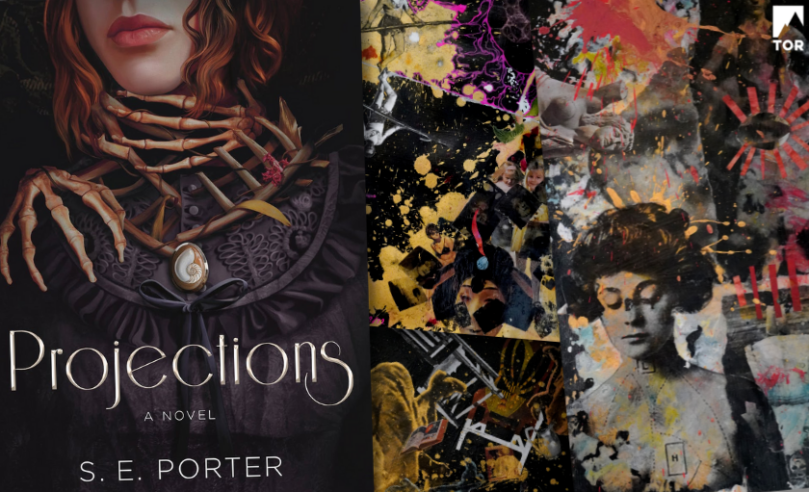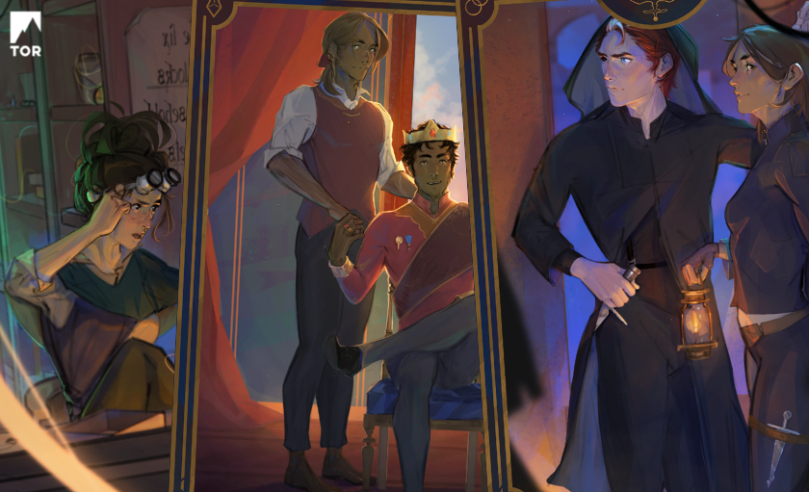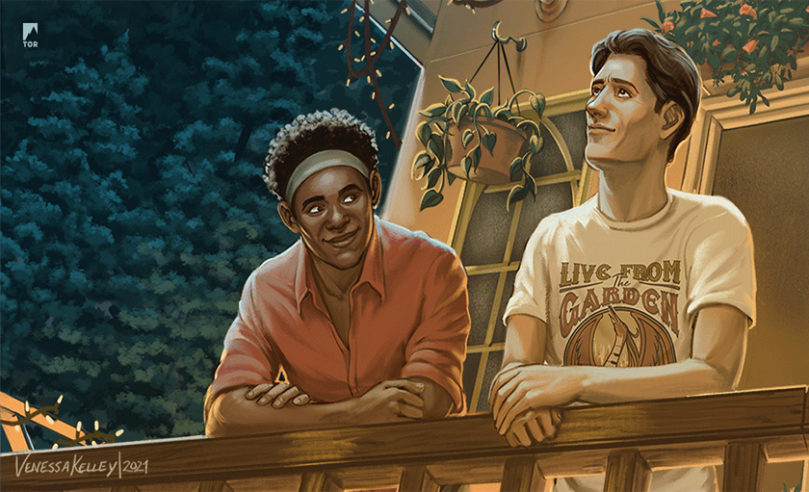
The Art of Projections by S. E. Porter
S. E. Porter is here with us to talk some about her upcoming novel Projections, and to share artwork tied to pivotal moments from the story.

S. E. Porter is here with us to talk some about her upcoming novel Projections, and to share artwork tied to pivotal moments from the story.

At last readers return to the many worlds spun into being by Schwab’s Shades of Magic series, and did we mention there’s art??

Pre-order a hardcover copy of Wolfsong or Ravensong and submit your receipt by 7.31.23 to receive this limited edition double-sided acrylic charm!

The Invisible Life of Addie LaRue by V. E. Schwab is available in paperback now, and it’s got pretty art in it!

Have you pre-ordered your copy of Under the Whispering Door by TJ Klune yet? We’re offering anyone who orders and submits their receipt a stunning print from artist Venessa Vida Kelley, but we decided we wanted to bring the art—and the story—to life. Check out the incredible animated art of Under the Whispering Door below!

Check out the brand new art Ben McSweeney created for Brandon Sanderson’s new collection Arcanum Unbounded!

Written by Susan Krinard Lo these many years ago, when I was just out of art school with a BFA in Illustration, I wanted to become a science fiction and fantasy cover artist. I went to New York with my portfolio and schlepped around town on the subway and shank’s mare, going from publisher to…